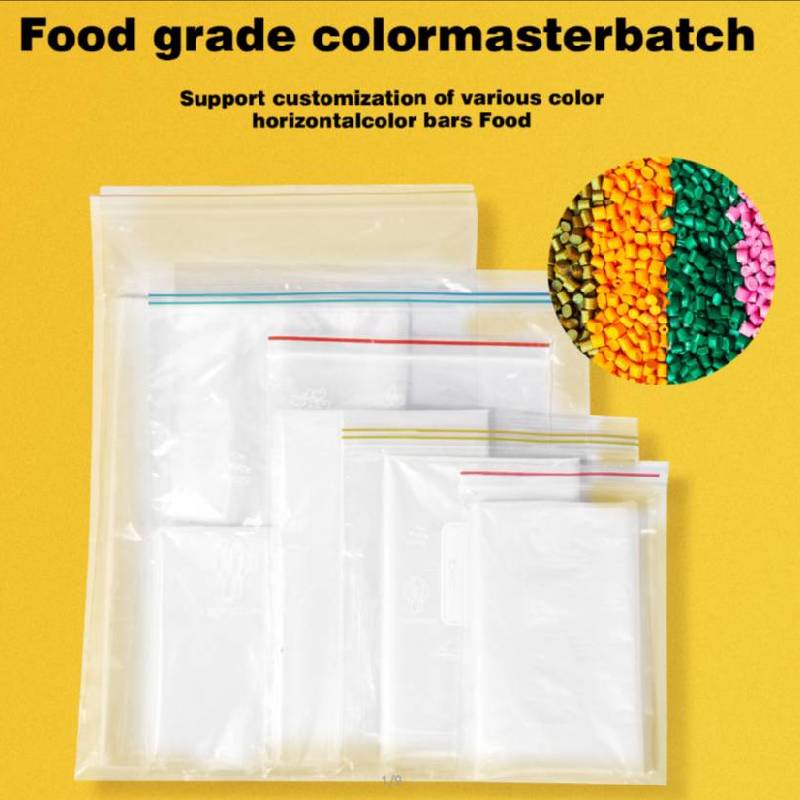Sustainable Ingredients for Environmentally Friendly Biodegradable Plastic Bag Production and Development
Raw Materials for Biodegradable Plastic Bags
In recent years, the environmental impact of traditional plastic bags has become increasingly apparent, prompting the search for sustainable alternatives. Biodegradable plastic bags have emerged as a viable solution, primarily derived from renewable raw materials. This article explores the various raw materials used in the production of biodegradable plastic bags and their advantages over conventional plastics.
Raw Materials for Biodegradable Plastic Bags
Polylactic acid (PLA) is another popular raw material, made from the fermentation of plant sugars, typically derived from corn or sugarcane. The production of PLA involves converting these sugars into lactic acid, which is then polymerized to create a plastic material. PLA is notable for its excellent mechanical properties and clarity, making it suitable for various applications, including packaging and disposable bags. One of the significant advantages of PLA is its ability to break down into natural components within industrial composting facilities, although it requires specific temperature and humidity conditions to decompose effectively.
raw materials for biodegradable plastic bags

Polyhydroxyalkanoates (PHA) are a class of biodegradable polymers produced by microbial fermentation of organic substrates. They are characterized by their biocompatibility and biodegradability, making them suitable for food packaging and medical applications. PHAs are produced by bacteria that transform sugars and lipids into biodegradable plastics. Unlike starch and PLA, PHAs can degrade in various environments, including soil and marine settings, making them an attractive option for reducing marine litter caused by plastic waste.
Cellulose, derived from plant cell walls, is another significant raw material for biodegradable plastics. Cellulose-based materials have been used to create films and coatings that are suitable for packaging applications. They are fully biodegradable in natural conditions and possess excellent barrier properties, making them ideal for protecting food products. The challenge with cellulose is that it often requires chemical modification to improve its performance as a plastic, which can complicate the manufacturing process.
While these raw materials offer promising alternatives to traditional plastics, several factors need to be considered for the successful implementation of biodegradable plastic bags. First, the sourcing of raw materials must be sustainable to prevent competition with food production and deforestation. Second, the production processes must be energy-efficient and minimize greenhouse gas emissions. Lastly, consumer awareness and proper disposal methods are vital to ensuring that biodegradable plastics fulfill their intended role in reducing environmental impact.
In conclusion, biodegradable plastic bags represent a forward-thinking solution to the plastic pollution crisis, with raw materials such as starch, PLA, PHA, and cellulose paving the way for sustainable alternatives. As technology advances and production methods improve, the potential for these materials in the marketplace will continue to grow. Transitioning to biodegradable options is not just a choice for manufacturers but an essential step toward a more sustainable future for our planet. By embracing these innovative materials, we can significantly reduce our reliance on conventional plastics and move toward a cleaner, greener environment.
-
Self Seal Bags: Secure, Clear, and Customizable Packaging for Every IndustryNewsAug.15,2025
-
Paper Cups: Bulk Solutions for Events, Cafés, and Eco-Friendly ServiceNewsAug.15,2025
-
Laminated Bags: Durable, Customizable Packaging for High-Impact BrandsNewsAug.15,2025
-
Grocery Bags: Smart, Sustainable, and Scalable Solutions for RetailersNewsAug.15,2025
-
Drawstring Bags: Versatile, Customizable, and Cost-Effective for Bulk UseNewsAug.15,2025
-
Disposable Gloves: Wholesale Solutions for Safety, Hygiene, and EfficiencyNewsAug.15,2025
-
Have the freedom of customizing your custom mailers any way you want! Our dedicated packaging support will help deliver you the mailing experience you need to elevate your shipping experience to the next level! Start making a strong impression on your customers and stand out from your competitors! -
LIYA uses high quality raw materials which directly purchased from large enterprises domestic and overseas such as PetroChina, Sinopec, Sabic, Equate, ExxonMobil, Dow Chemical, Total, and Borouge, ensuring the price advantage and quality of the raw materials. -
LIYA uses high quality raw materials which directly purchased from large enterprises domestic and overseas such as PetroChina, Sinopec, Sabic, Equate, ExxonMobil, Dow Chemical, Total, and Borouge, ensuring the price advantage and quality of the raw materials.





